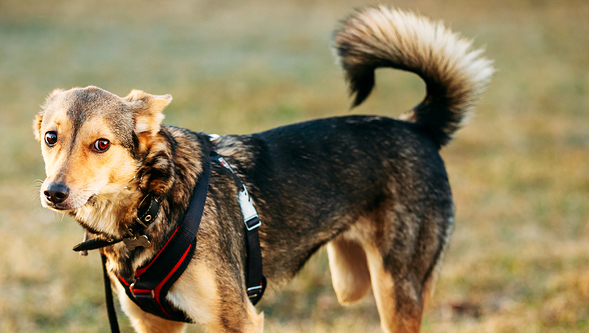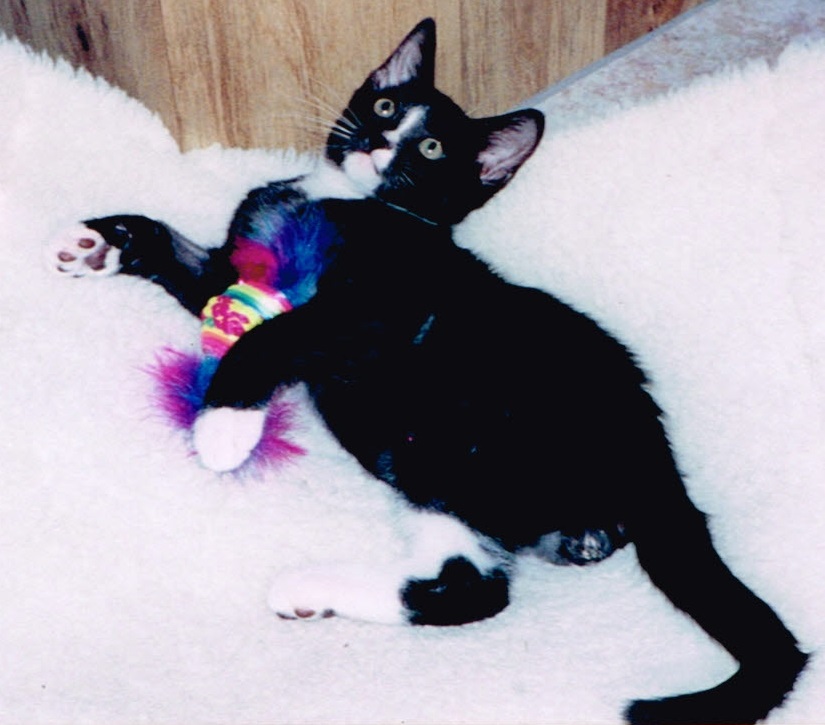
I hate osteosarcoma. This bone cancer is a cause of major pain for pets and heartbreak for their owners. Many dogs with osteosarcoma have a greatly improved prognosis with limb amputation.
However, the word “amputation” sends owners into a tailspin, and for good reason. They either have personal experience or they watch TV shows and movies where humans have amputation performed. Then they watch the amputee suffering through the mental and physical trauma as they adjust to missing a limb.
No one wants that for their beloved pet. What they don’t realize is that animals adjust rapidly in most cases. The pain they experienced in the cancerous limb is much worse than the healing pain of the amputation. My biggest problem with leg amputation is trying to keep my patients from running around while it heals!
In some cases, amputation is curative. Please, please read that again. Cancer can be CURED with amputation of a limb. Death can be warded off for months or even years in cases where a cure isn’t possible. Most importantly, quality of life can be restored to an acceptable level once the offending part is removed.
There are some cases where an amputation may not be the best choice. Pets whose cancer has spread can benefit from removal of the pain, but the cost of the procedure in relation to time left with good quality of life must be considered. If a pet has severe arthritis in their other limbs, removing one puts more pressure on the others.
However, with joint supplements and proper pain control, this may still be an option. I am still surprised and sad to see so many pets at the end of their lives that have never had any pain relief at all for their arthritis, but I digress.
When I worked in the shelter, I performed a large number of amputations. We didn’t have the funds to have fracture repairs done on pets. Amputation of a fractured limb was our only option. Animals with eye trauma or disease had eye removal (enucleation) performed. I vividly remember one of my enucleation cats rubbing her eye stitches against my hand while purring just a few hours after surgery!
If amputation isn’t an option for you, I completely respect your choice. I just want to make sure you are making a well-informed choice instead of having a knee-jerk response to the word “amputation”.
I’d hate for you and your pet to miss out on quality time together. If you have fears about the procedure, ask your veterinarian or veterinary nurse about their experiences (odds are, they’ve not only created tripods, they’ve owned them!).
This was my tripod, Jambie. He was injured badly as a kitten, and I amputated his leg. I was a young vet and terrified to perform the procedure, especially on such a small patient. He did extremely well. Sadly, I only had him for 3 years before a urinary problem from the trauma of the accident took him from me.
Still, I’m happy we got to love each other for 3 years and am grateful my boss was generous enough to allow me to operate on him. I took him home with me the night of his surgery to watch and worry over him, and he never left! If you have a tripod (or tripawd), please share their story so we can save more lives and get more time with our pets because of this procedure. Don’t let fear steal your pet early!

